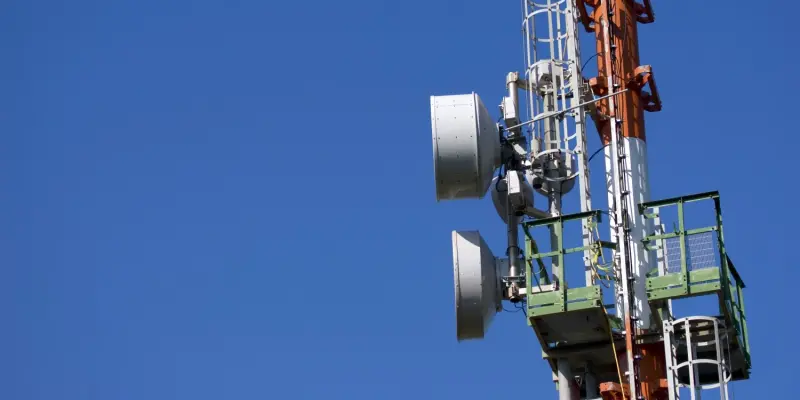In the midst of global technological advancements, Africa struggles with a digital divide significantly impacting economic and social realities on the continent. Despite substantial growth in internet access worldwide, a startling discrepancy persists in Africa, with only 40% of its inhabitants connected—far below the global average of 66%. Reports from the International Telecommunication Union (ITU) illustrate how cost remains a formidable barrier. Mobile broadband services are priced at roughly 4.2% of the gross national income, dramatically exceeding the United Nations Broadband Commission’s target ceiling of 2%. Fixed broadband services present an even more prohibitive economic hurdle, demanding up to 15% of income per capita. This financial burden heavily impacts low-income populations, further entrenching the digital divide.
The Cost and Accessibility Challenge
A deeper dive into the statistics presented by the ITU reveals that although mobile broadband technology covers 86% of the African population, a residual 14% remains without access. The gap is even wider in rural regions, where 25% of residents are disconnected. A mere 70% of the population can use 4G technology, while 16% rely on 3G networks, and only about 11% have access to 5G, primarily in urban centers. The cost implications of accessing the internet through smartphones and data plans are insurmountable for many Africans, especially considering that over 40% of the population subsists on less than $1.90 a day. Infrastructure challenges, including electricity shortages affecting an estimated 570 million people in sub-Saharan Africa, exacerbate the situation by further limiting rural broadband accessibility.
Urban zones like Lagos and Nairobi showcase better connectivity, leaving remote areas in a lurch for essential services such as remote learning, telehealth, and online commerce—opportunities that became especially crucial during the global pandemic. In these areas, limited or non-existent internet access implies fewer educational, economic, and health opportunities, exacerbating disparities. Despite these obstacles, governments and various organizations are endeavoring to confront these challenges through national broadband strategies and partnerships with tech giants. Nevertheless, while mobile money platforms have demonstrated digital inclusion’s transformative potential, significant progress is hindered by logistical and financial constraints.
Strategic Investments and Potential Solutions
Experts in the field advocate for a unified approach focusing on increased infrastructure investments and policies that aim to lower costs. Public-private partnerships emerge as a critical component of these efforts, with subsidies for low-income families seen as essential to closing the gap. There is a growing acknowledgment of the internet as a tool of empowerment that could fuel socio-economic transformation, rather than being perceived as a luxury. This approach aims to leverage Africa’s burgeoning youth population, ensuring that they are prepared for the digital challenges of the modern world. Yet, the risk of societal disparities deepening looms large, making it evident that urgent action is required. Future strategies emphasize that achieving digital equity across the continent is not just a technical challenge but a fundamental necessity. By addressing the foundational issues of infrastructure and affordability, there lies tremendous potential to drive socio-economic growth, enhance education and healthcare, and empower communities further. The conversation must now pivot to pragmatic actions that can sustain Africa’s digital trajectory, ensuring that no one is left behind in this rapidly evolving digital era.
A Path Forward
Examining ITU’s statistics reveals a significant digital gap in Africa. While 86% of the population has mobile broadband coverage, 14% remain disconnected, particularly in rural areas where 25% lack access. Only 70% can use 4G, 16% depend on 3G, and just 11% can access 5G, mostly in cities. Internet costs are prohibitive for many, as more than 40% of Africans live on less than $1.90 a day. Moreover, infrastructure issues, like electricity shortages affecting 570 million in sub-Saharan Africa, worsen rural broadband accessibility. Cities like Lagos and Nairobi have better internet, leaving rural areas struggling for vital services like remote learning, telehealth, and online commerce, especially crucial during the pandemic. This lack of access widens gaps in education, economy, and health. Governments and organizations are fighting these challenges with broadband plans and tech partnerships. Although mobile money platforms showcase the power of digital inclusion, progress is slowed by logistical and financial hurdles.

